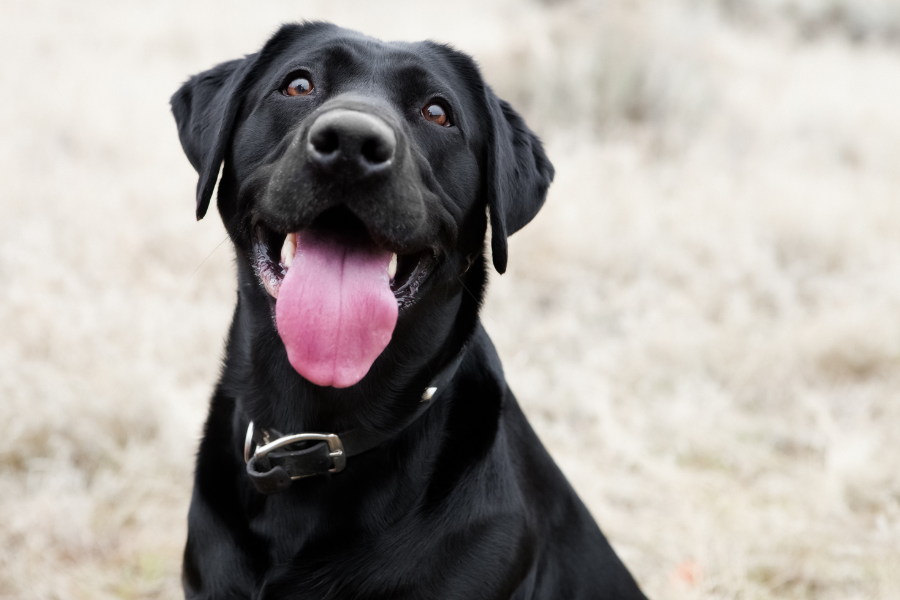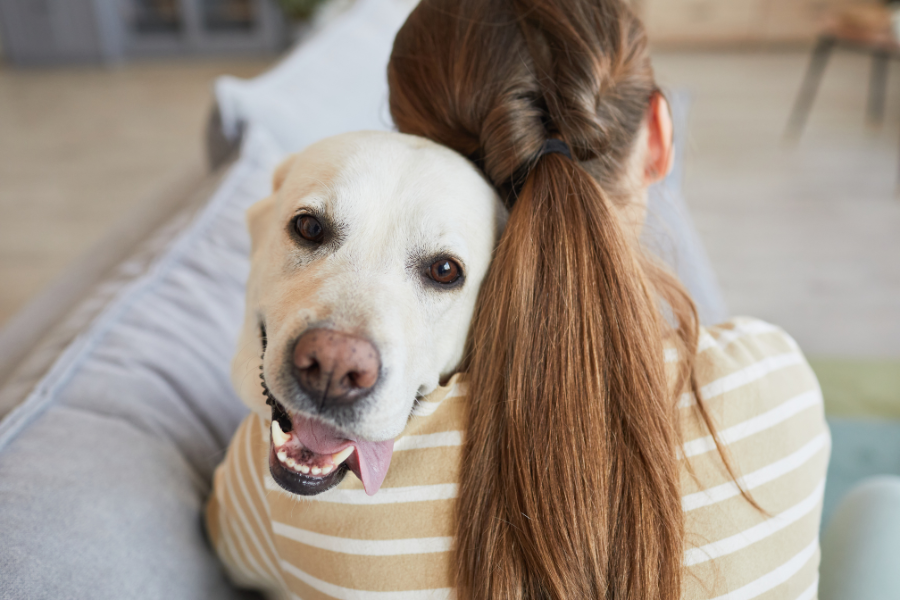Have you heard your furry friend emit a sound that seemed suspiciously close to human laughter? We're exploring the age-old query today; can dogs laugh? And if so, what's the science and heart behind those precious giggles? Buckle up, you're in for a heartwarming—and fur-raising—ride!
Dog Laughter or Human Projection?
The topic of dogs laughing raises tails and eyebrows alike. Anecdotes from dog owners all over the globe point to instances where their pets seem to chuckle at life's quirks. But is it genuine mirth, or is it the owner projecting their wishful thinking onto their four-legged companion? Science has its ears perked up to address this bone of contention.
Historically, the term 'laughing' was attributed to a unique combination of vocalizations and behaviors noticed in apes, dolphins, and dogs in response to playfulness and social interactions. Observational evidence abounds, but what about empirical data?
A Wag of the Scientific Tail
Research has caught a flicker of canine comedy in action. Various studies have honed in on the 'dog laugh' phenomenon, linking it to a collective set of telltale signs; playfulness, excitement, a rapid panting pattern, and a high-pitched pant-growl mixture. In vocalizers like beagles, an actual 'laugh' sound can reach our human ears, while other breeds' sounds are inaudible to us mere mortals.
But what purpose does this laughter serve? Canine experts posit it's part of canid lexicons, a vital means of communication within their social pack settings. Lightening the mood during play can prevent misunderstandings, and that quick panting they do could well be a canine 'haha' in action.
Canines and Comedy Gold
Your pup's playful pounce might not be the next stand-up act at the local barkery, but they've certainly dabbled in their own brand of comedy. Dog experts and trainers share tales of tail-wagging tomfoolery and the sheer delight our pooches exhibit in the highs of play.
But the laughter isn't always limited to joy. Dogs, like humans, sometimes laugh to ease tension or disarm a charged situation. A low, throaty rumble and wide, toothy grins often signal a request for a truce in doggie debates or play fighting, a universal signal for 'this is fun, right?'.
How to Tickle the Funny Bone
Want to make your dog grin from ear to ear? There are no ‘knock knock’ jokes in their language, so here’s how to get that doggy chuckle:
Master the Art of the Tummy Rub
It doesn't take much—sometimes, all it takes is a belly rub to transform a stoic stare into a waggish wiggle. Be mindful of your dog's stress levels; laughter can serve as a stress-buster, albeit in simpler, silken forms.
Make Every Walk a Whim
Change up your walking routine, or better yet, choose off-leash areas for your best buddy to indulge in pure, unfettered joy. Chase, be chased, flop-tastic roly-polies—these are the moments of purest doggie delight.
The Play Is The Thing
Toys that engage your dog's intellect, like puzzle feeders and treat balls, bridge the world between laughter and learning. Adapting games to their favorite is a surefire way to get a chuckle. Ready, set, hide and seek!
Understanding the Universe of Their Laughter
Remember, every dog is unique in its tapestry of laughter. By paying close attention to your pal's quirks, you'll learn the nuanced signs of canine chuckles, setting the stage for a lifelong 'tails' of laughter.
The Science of Smiles
Scientists measure the likeliness of a mammalian sound to be considered laughter using a paradigm known as the "Play-Retreat Paradigm". By recording and analyzing dog sounds during play, they can extrapolate when a dog 'haha' is more likely afoot.
Curl that Upper Lip
You're not laughing at them, you're laughing with them—as dog owners, we're privy to a secret world of happiness where the bond between human and hound is concrete. Their 'laughter' is a testament to the irrepressible spirit of play and vigor for life they bring to our homes.
Reading the Cues
Sometimes it can be a bit difficult, however, to detect and determine your dog’s body language. How can you know if a what, whine, yawn, pant, and any other noise or movement is indicative of happiness? Here are some subtle cues that if you are aware of, can help you uncover what your pup is actually feeling.
- Panting (but on purpose): This can differ from their normal panting from being overheated – this panting can be rhythmic and light – it can sound almost as if they have a small furball in their throat.
- Proud Prancing: A dog that is in high spirits and feeling great can prance around like a pony, as if to say “look at me! Isn’t this a great day!? I am having a good time – are you having a good time!?”
- The Chuckle-Bark: Listen for a unique bark-pant fusion, a sound that’s neither full bark nor typical pant. This could very well be the doggy version of a giggle, perhaps their way of sharing an inside joke.
- Bright, Sparkly Eyes: Eyes that sparkle with a special gleam, coupled with an exuberant energy, may hint at the merriment swirling within.
- Wiggy Wagging: Okay this one you are probably familiar with – a nonstop wagging tail that seems it might propel your pooch into flight, embodies their elation—a visual laughter, if you will.
Wrapping the Wag
In the grand scheme of the animal kingdom, the ability to chuckle might seem trivial. Still, it's in these shared giggles and pursuits of happiness that the human-dog bond is fortified. Whether you believe it's laughter, play vocalizations, or a sophisticated blend of the two, the takeaway is the same; our dogs are family, and every cackle and caper is a celebration of life, love, and all the little dachshunds in between.
References:
Coren, S. (2015, December 29). Do Dogs Have a Sense of Humor? Psychology Today. https://www.psychologytoday.com/us/blog/canine-corner/201512/do-dogs-have-sense-humor



